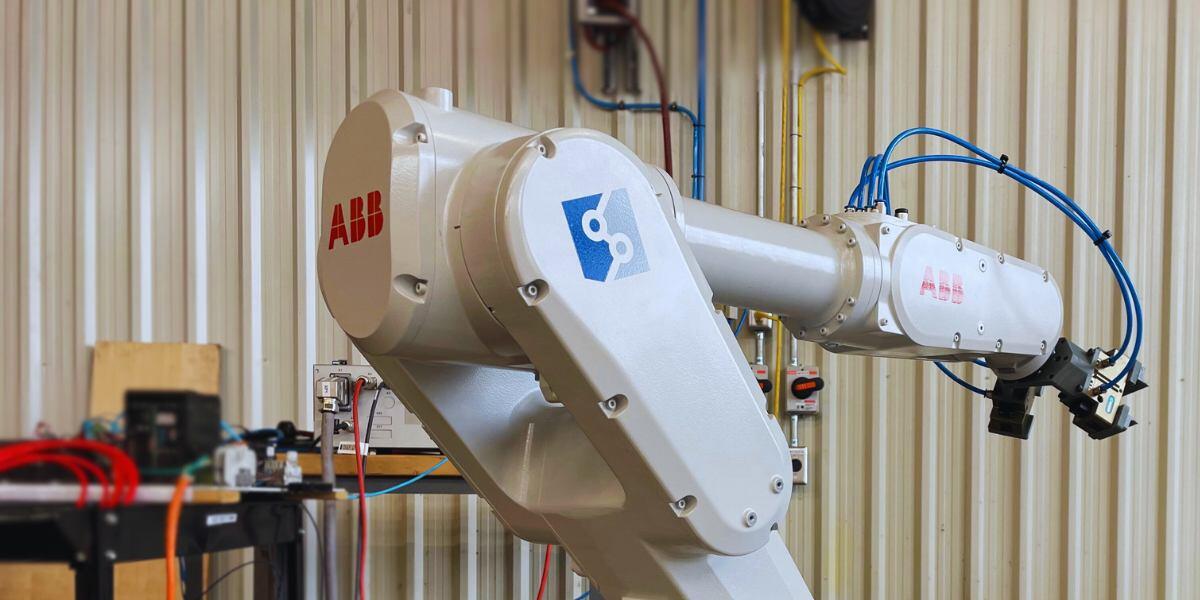Having identified your needs in the previous article, the next step is to define possible robotic solutions. This crucial step enables you to explore different options and choose the solution best suited to your specific needs.
Identify technical constraints
Before proposing robotic solutions, it's important to understand the project's technical constraints. This includes
- Environmental requirements: Space availability, personnel movements, light conditions and ambient temperatures must be taken into account.
- Process requirements: Food-safe, explosion-proof, etc.
- The characteristics of the tasks to be performed: The precision, speed and flexibility required for the tasks must be defined.
- Project budget: The cost of robots, equipment and integration must be taken into account.
Explore different robotic solutions
Once the technical constraints are understood, different robotic solutions can be explored. There is a wide range of robots available on the market, each with its own particular strengths and weaknesses. The main types of robot include :
- Industrial robots: These robots have an articulated arm with several axes of rotation, giving them great flexibility and enabling them to perform complex tasks. There are 3 main models: the serial articulated robot, the parallel robot and the SCARA robot.
- Collaborative robots: These robots are designed to work in close collaboration with humans, making them ideal when the operation requires good collaboration between human and robot, when floor space is at a premium, and when you want to replace certain dangerous or repetitive operator tasks.
- Mobile robots: These robots can move autonomously in their environment, like a Google car that navigates on its own and responds to Uber requests. This makes them ideal for transport, logistics and inventory-taking tasks.
Evaluate different solutions
To choose the most suitable robotic solution, it is important to evaluate each option according to the following criteria:
- Performance: Can the robot meet the performance requirements of the tasks to be performed?
- Ease of use: Is the robot easy to program and operate by the customer's personnel?
- Cost: Is the cost of acquiring, operating and maintaining the robot reasonable for the customer's budget?
- Process variation: Will the robot need to adjust to production variants? If so, would the robot need machine vision to perform the task? These robots are equipped with cameras and image recognition software, enabling them to perceive their environment and perform precise tasks, such as inspecting parts, adjusting to different parts or sorting.
Carry out a feasibility study
Not sure what to do at this stage? It's important to proceed step by step. In some cases, it may be necessary to carry out a feasibility study to assess the viability of a robotic solution. This may involve simulating the robotic solution in a virtual environment, or building a prototype. By taking into account requirements, technical constraints and the various options available, it is possible to choose the most suitable solution and maximize the project's chances of success.
At Revtech Systems, we're here to support you every step of the way, offering our expertise and know-how. Our team of robotics experts can help you assess your needs and choose the best solution for your project.

